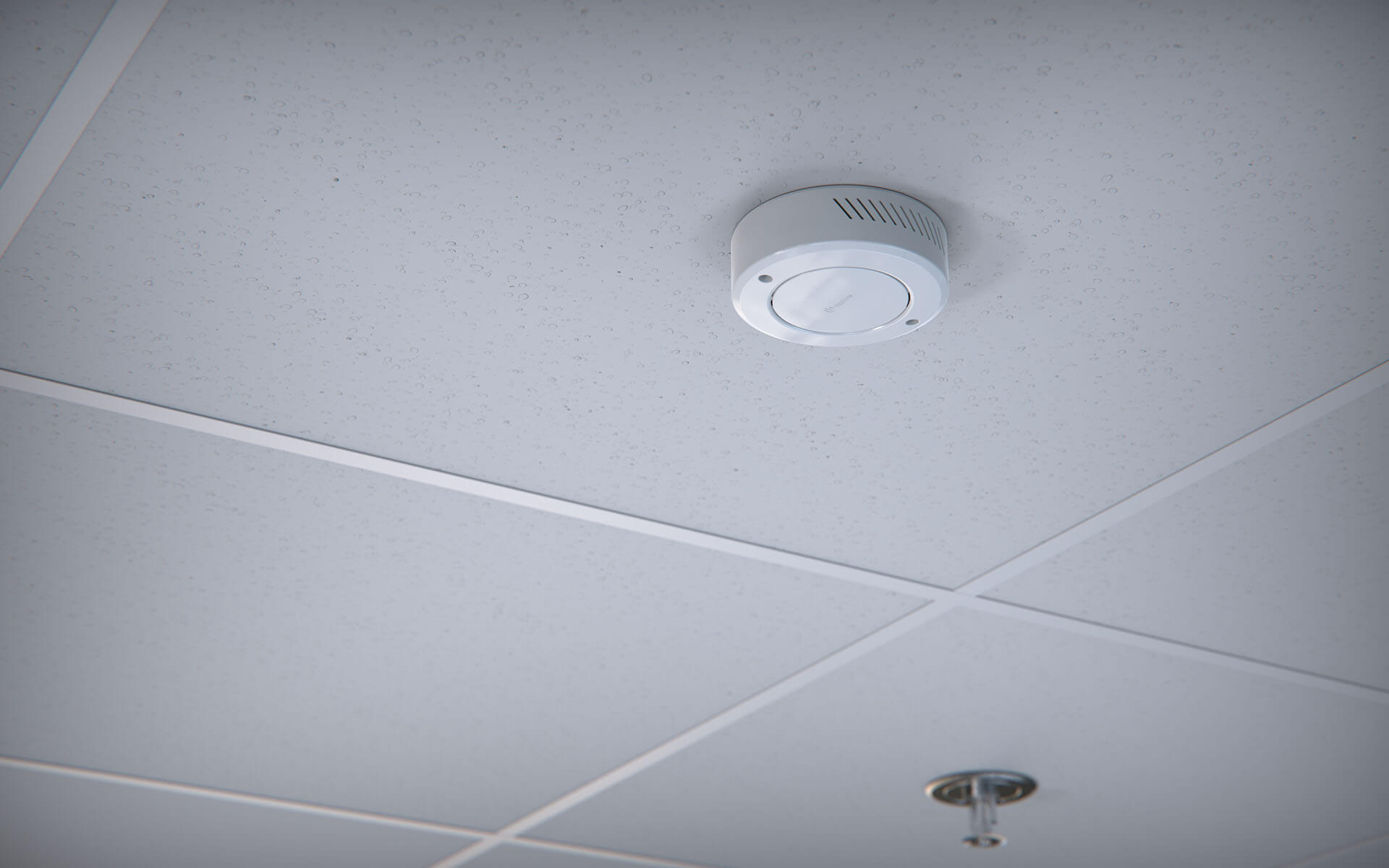Students are using e-cigarettes discreetly in bathrooms and other quiet places, putting their security and health in danger. To combat this, schools have turned to vape detectors as an option of regaining control. These devices are highly sophisticated and discrete, yet provide a way for them to remain in complete control. Triton Sensors vape detectors are a shining example of innovation. They are a perfect blend of accuracy, privacy and multiple threats to create safer schools.

Image credit: tritonsensors.com
The Triton vape smoke detector unlike other smoke detectors, is specifically designed to recognize the distinct chemical signatures in nicotine and THC aerosols. This is able to eliminate false positives due to steam or harmless particles. This level of accuracy is crucial in school settings where disruptions are a must. Vape detectors are more than just the use of vaping to identify loitering, the swarming of people, verbal abuse or even threats, such as gunshots. With a warranty of 10 years, these devices promise longevity which makes them a wise investment for schools navigating budget-conscious times.
What sets vape detectors for schools apart is their ability to transform the reactive discipline into proactive prevention. These sensors operate 24/7 and monitor high-risk spaces like bathrooms or locker rooms. They send instant alerts via an app to the school’s administrators in the event of incidents. This real-time capability empowers schools to swiftly respond in most cases before problems escalate. Triton data reveals a stark real-world scenario: Every three minutes, students vape. This demonstrates the importance of this technology.
A standout feature of vape detector is its privacy-respecting occupancy monitoring. It monitors crowding, loitering and swarming with no cameras or microphones. This makes sure that students’ privacy is protected. Triton Cloud Dashboard gives schools access to an intuitive visualisation, which aid in identifying problems without having to be intrusive. This is especially useful for areas which are difficult to monitor since it helps ensure safety without breaking boundaries.
The dashboard’s Hotspot analysis extends to mapping times vaping is the most common. This approach is based on data, allowing schools to maximize their response through strategically deploying staff or resources. Triton’s reporting tools can also provide the most detailed information on vaping allowing administrators to provide clear, quantitative insights to school boards and parents. Vape detectors for schools typically report a dramatic reduction in vaping within five weeks, which is a testimony to the system’s anti-deterrent power and the ability to act on information.
Vape smoke detectors address other safety concerns and makes it a flexible guardian. It assists schools in preventing issues with behavior by identifying phrases that may be associated with aggression or bullying. In an age of increased security concerns, its ability to recognize gunshots can provide an important layer of protection. This holistic approach ensures that schools aren’t just dealing with vaping, they’re building a safety net.
Triton is well-known for its affordability. Even with its top-of-the-line capabilities, the system is priced to be affordable for schools, offering a cost-effective alternative to hiring more staff or installing intrusive monitoring. The long-term savings are significant because fewer vaping incidents and related incidents can lead to lower disciplinary measures and healthier students.
Vape detectors offer a signpost to look forward to as vaping has become a growing problem in schools. These detectors blend the latest technology with practicality and privacy to allow teachers to focus on teaching, rather than controlling. In addressing not just smoking but also loitering, violence, and other threats, Triton’s vape detectors for schools are redefining what it means to create a secure educational environment. In the world of threats that evolve rapidly, these sensors give schools the ability to stay ahead of the curve, ensuring students can learn in spaces free from hidden dangers.